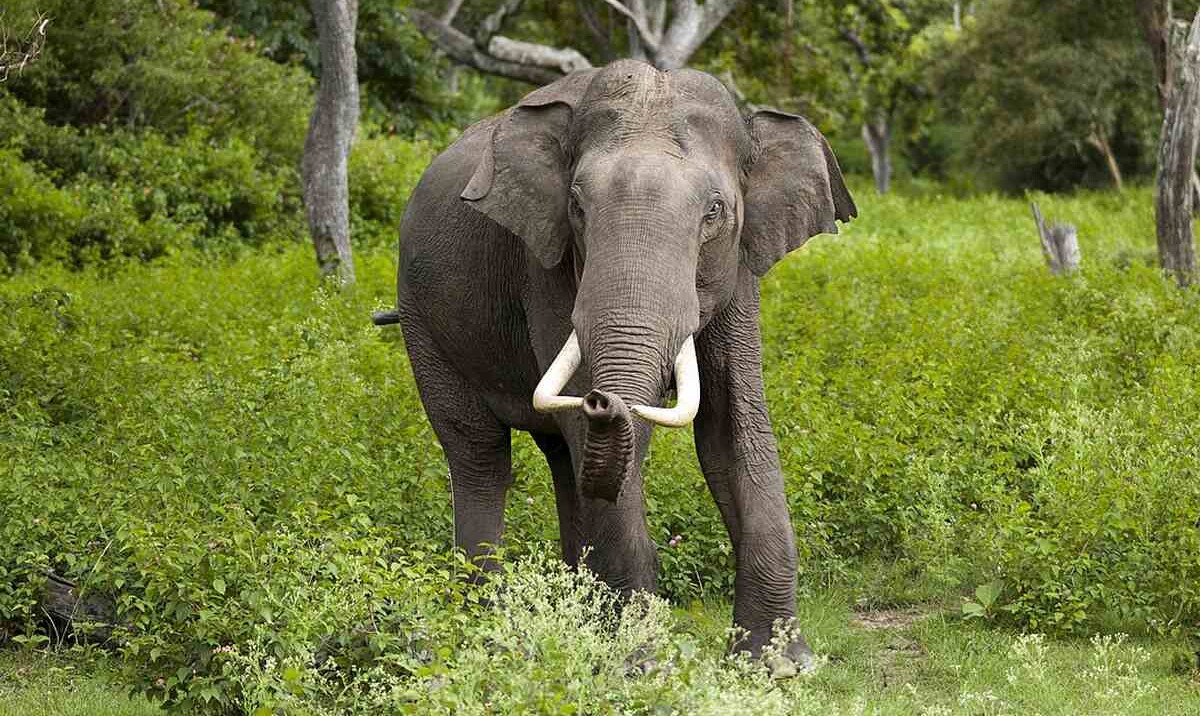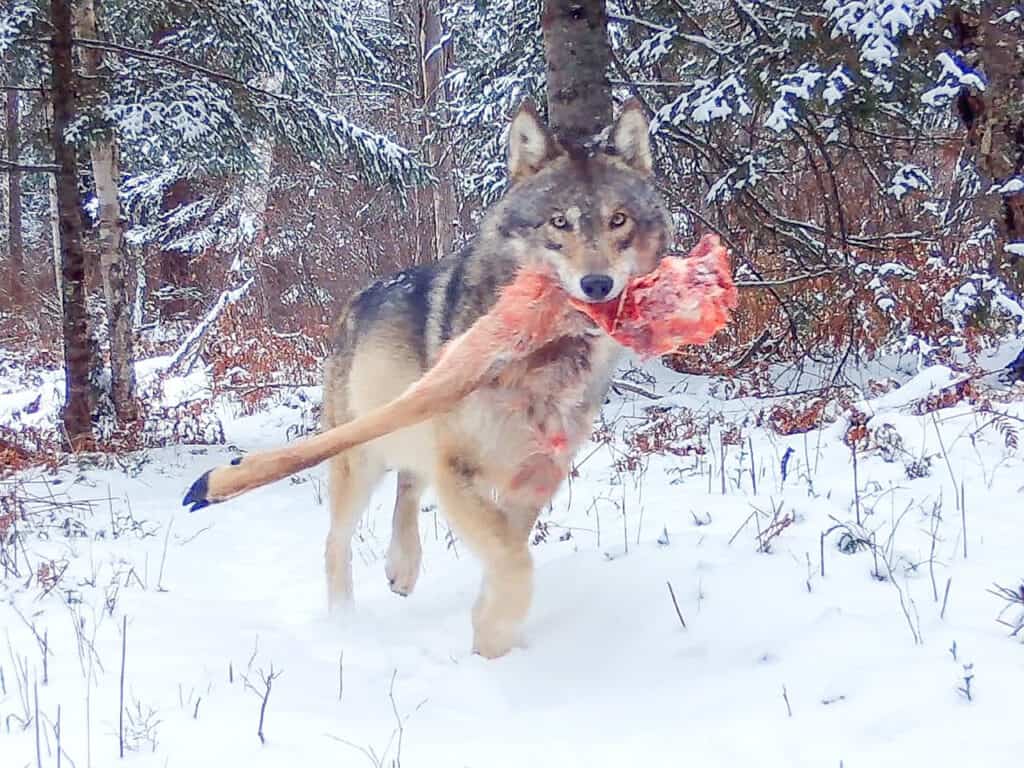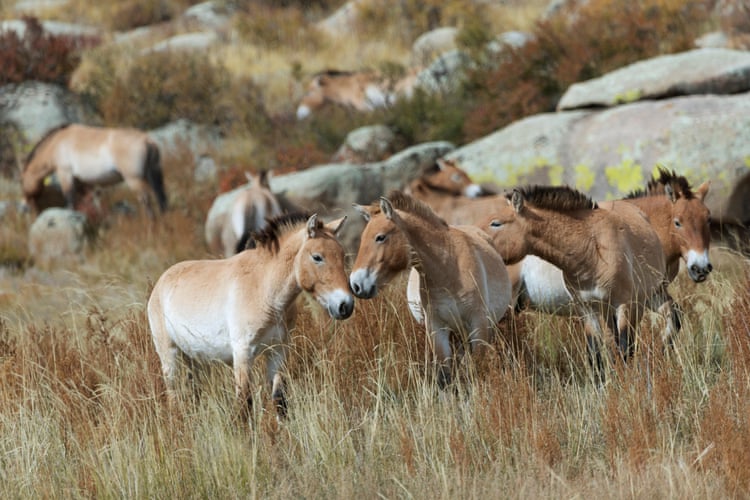As the world confronts an accelerating biodiversity crisis, few animals stand as vivid symbols of the ongoing battle for survival as the red wolf. Once a dominant predator across the southeastern United States, the red wolf now teeters on the brink of extinction, existing only in small, managed populations. Conservationists and wildlife advocates have rallied around the cause of saving this magnificent animal, seeking innovative ways to engage the public in red wolf recovery efforts.
In this post, we’ll explore the history of the red wolf, the challenges it faces, and the strides being made to bring it back from the edge. We’ll also look at how you can contribute to the cause, whether by supporting conservation efforts directly or simply educating yourself and others about this fascinating creature’s journey.
The History of the Red Wolf
The red wolf (Canis rufus) is a canid species native to the southeastern United States, though it once roamed much of the American South, from Texas to Florida and north to the Carolinas. It is smaller than the gray wolf, with a leaner build, tawny-red fur, and distinctive dark markings along its legs and back. Biologically, red wolves are unique, thought to be one of the oldest species of wild canids in North America. Their resilience, adaptability, and social nature enabled them to flourish in diverse habitats, from swamps to forests and coastal plains.
In the 20th century, however, human expansion and land development began to chip away at the red wolf’s territory. Conflict with humans escalated as wolves, increasingly deprived of their natural habitat, came into closer contact with livestock. Predator control programs initiated in the early 1900s contributed heavily to population declines, as red wolves were actively hunted and trapped. By the mid-20th century, the red wolf was nearly extinct in the wild, with only a few isolated individuals remaining.
The Red Wolf Recovery Program: A Bold Step in Conservation
In 1967, the red wolf was one of the first animals to be listed under the newly established Endangered Species Act, prompting conservationists to devise a plan for its survival. The U.S. Fish and Wildlife Service (USFWS) initiated the Red Wolf Recovery Program in the 1970s, embarking on one of the world’s first captive-breeding programs for an endangered carnivore.
Biologists captured the last remaining wild red wolves and transported them to a specially designed breeding facility. In 1987, the first captive-bred red wolves were reintroduced into the Alligator River National Wildlife Refuge in North Carolina, marking a significant milestone in American conservation history. Since then, conservationists have worked tirelessly to manage this population, facing numerous challenges along the way.
The Ongoing Threats to the Red Wolf Population
Despite the monumental effort invested in their conservation, red wolves continue to face a daunting set of challenges. Habitat loss remains a critical threat, as urban and suburban development continues to encroach upon their territory. Fragmented habitats limit their ability to roam, which is essential for finding food, reproducing, and establishing new packs.
Another pressing issue is hybridization with coyotes, whose populations expanded into former red wolf territory as the wolves declined. This genetic mixing complicates efforts to maintain a genetically distinct red wolf population, as it blurs the line between the two species and risks diluting the red wolf’s unique genetic traits.
Finally, human intolerance continues to be a significant obstacle. Although red wolves pose little threat to humans or livestock, public misunderstandings and fear can lead to persecution. Reports of red wolves being shot or accidentally killed in traps set for other animals underscore the fragile balance between conservation and local communities.
Public Engagement: Tools for Supporting Red Wolf Conservation
Public support plays a critical role in the red wolf’s survival, and conservation organizations have increasingly turned to innovative methods to foster connections between the species and the public. This is where tools like the wolf tracking bracelet come into play. The wolf tracking bracelet offers individuals a direct link to conservation efforts by enabling them to monitor the movements of an actual wolf. By wearing the bracelet, supporters can not only raise awareness but feel a deeper, personal connection to the animal’s journey.
Programs like these encourage people to understand the importance of wildlife protection by making it a personal experience. Knowing that you’re tracking the movements of a red wolf as it navigates its habitat can inspire a greater appreciation for the challenges these animals face. For wildlife lovers, this connection serves as a powerful reminder of the responsibility to preserve biodiversity.
The Science of Red Wolf Conservation
Conserving red wolves is a complex process involving habitat management, controlled breeding, and genetic research. Each wolf released into the wild undergoes thorough monitoring and health assessments. Researchers use GPS collars to track the wolves’ movements, ensuring they stay within protected areas and monitoring their interactions with other animals.
Scientists also work to minimize hybridization with coyotes by removing or sterilizing coyotes within the red wolf territory. This strategy, known as “placeholder management,” involves placing sterile coyotes in red wolf habitats to prevent unsterilized coyotes from mating with wolves, thereby helping to maintain the genetic purity of the red wolf population.
Challenges in Advocacy and Community Involvement
One of the greatest obstacles to red wolf recovery is fostering understanding and support among local communities. Many residents who live in proximity to red wolves are concerned about the potential impacts on their land and livestock, despite evidence showing that red wolves rarely pose a threat. Effective conservation requires a balance between protecting the wolves and respecting the concerns of the communities sharing their landscape.
To this end, education programs have become crucial. Conservationists host community meetings and educational workshops to inform the public about red wolves’ ecological benefits. Red wolves, as apex predators, play a vital role in maintaining the balance of their ecosystems by controlling populations of smaller animals, which in turn helps preserve vegetation and other forms of biodiversity.
How You Can Support Red Wolf Conservation
The future of the red wolf is uncertain, but there are meaningful ways you can help ensure that this species continues to roam the wild. Here are a few impactful actions to consider:
- Stay Informed and Spread Awareness – One of the simplest yet most effective ways to support red wolf conservation is to educate yourself and share information. Following updates from wildlife conservation organizations such as the U.S. Fish and Wildlife Service or the Red Wolf Coalition can help you stay informed about current initiatives and challenges.
- Donate to Conservation Efforts – Funding is essential for programs that work to protect red wolves. Donations support habitat preservation, genetic research, public education, and the implementation of breeding programs. Every contribution, big or small, helps make a difference.
- Participate in Symbolic Adoptions or Tracking Programs – Programs like the wolf tracking bracelet give you the chance to track a specific red wolf. Symbolic adoptions and tracking capabilities allow conservation groups to fund their projects while offering you a tangible connection to the cause. These programs not only raise awareness but also provide essential resources for managing and protecting red wolves.
- Support Policies and Legislation for Wildlife Protection – Local and national policies play a significant role in conservation. Advocating for laws that protect endangered species and their habitats can contribute to long-term solutions for species like the red wolf. Be vocal in your support for wildlife protection laws, and encourage others to join you.
- Visit Wildlife Refuges and National Parks – Visiting red wolf habitats, such as the Alligator River National Wildlife Refuge, can be an inspiring way to connect with nature. Responsible ecotourism helps generate funds for conservation while offering a firsthand understanding of the habitats red wolves depend on.
The Red Wolf’s Symbolic Legacy
The red wolf’s story is one of both tragedy and resilience. From its once-vibrant presence across the southeastern United States to the brink of extinction, this species has endured against all odds. It represents not only the fragility of our ecosystems but the determination of the conservation community to fight for the survival of species, no matter how challenging the road may be.
In choosing to support red wolf conservation—whether by spreading awareness, donating to conservation groups, or even wearing a wolf tracking bracelet—you’re helping to keep a vital piece of North American wildlife alive. Conservationists continue to work tirelessly, but it’s the collective efforts of individuals, communities, and organizations that will ultimately determine the fate of this remarkable species.
As we strive to protect the natural world, the red wolf stands as a symbol of the delicate balance between humans and nature. Every action we take to preserve this animal echoes the importance of biodiversity, reminding us that each species plays a role in the complex tapestry of life on Earth. By standing with the red wolf, we are affirming our commitment to a world where wildlife and human communities can coexist.







Leave a Reply